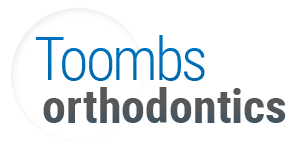Adolescent Treatment
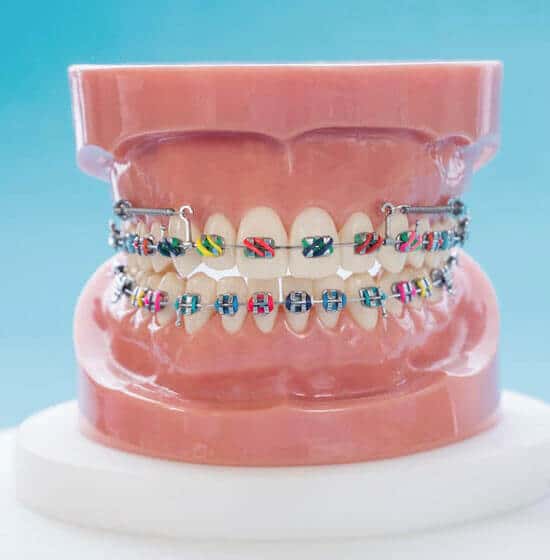
There are several good reasons why adolescence is the optimal time for orthodontic treatment, though occasionally even earlier intervention is called for. One has to do with the development of the teeth: There's no set timetable for every kid, but generally by the age of 11-13 the deciduous (baby) teeth have all been lost, and the permanent ones have largely come in. This is the time when we can go to work correcting the problems that cause a bad bite (malocclusion), improper tooth spacing, or poor alignment.
Orthodontic problems don't improve with age — they simply become harder to treat. It's easier to treat many orthodontic problems during adolescence because the body is still growing rapidly at this time. Whether we use standard braces, or appliances like palatal expanders, or Invisalign, we can create an improved appearance and function in a short period of time. In later years, when the bones of the face and jaw are fully developed, many conditions become more difficult (and costly) to treat.
The Treatment Process
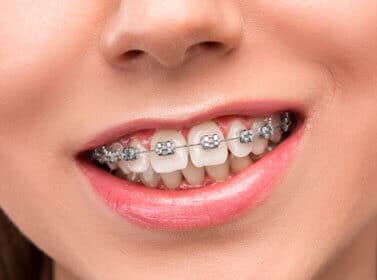
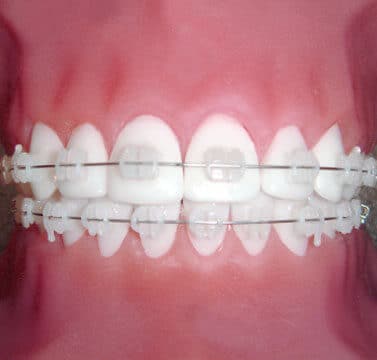
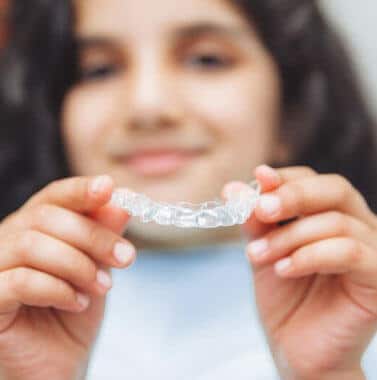
How Long Will I Wear Them?
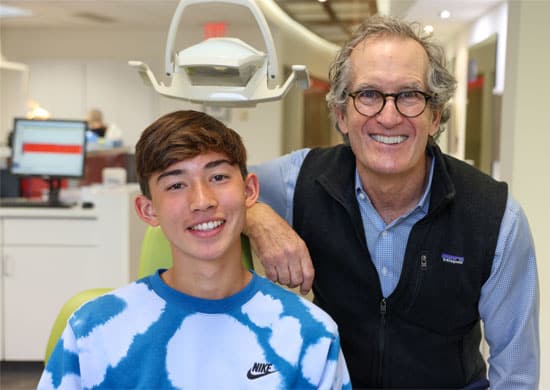
Related Articles
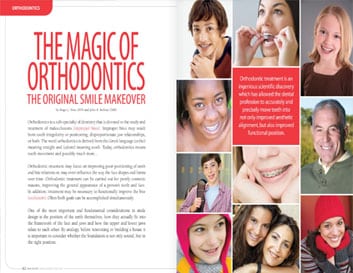
The Magic of Orthodontics
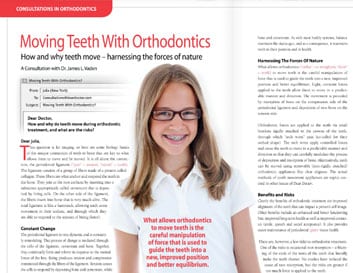
Moving Teeth with Orthodontics

